Ruleset Draft 1
My rulesets are finally done (first draft anyways) and I just realized how much more work there is to do. Both on the research side as well as the product development side.
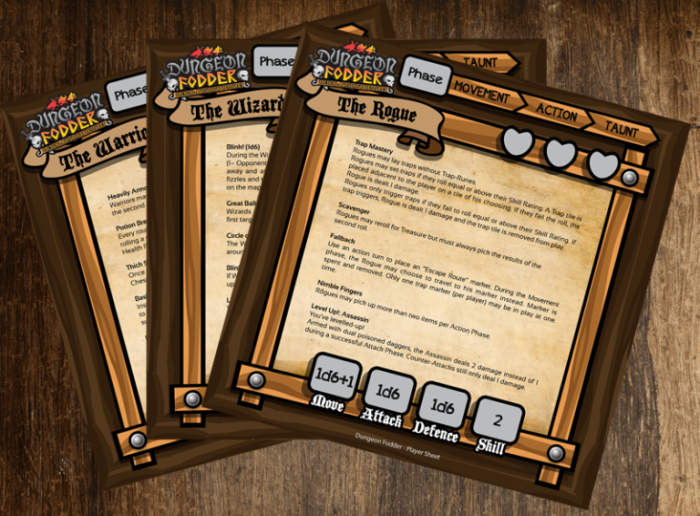
Just wanted to add for the record that my main supervisor is Dr. Tan Wee Hoe and my secondary supervisor is Dr. (Ing) Maizatul Hayati bt. Mohamad Yatim (maizatul@fskik.upsi.edu.my) in case I ever lose my contacts. This journal is my online stash of information.
Interview – Ooi Leng Hang
Today’s interview went off pretty well as I met up with Mr. Ooi Leng Hang who is the Election Bureau Executive Director of the Democratic Action Party. As for why I am meeting a member of the opposition party, it is because of the board-game adaptation of Monopoly that they made to highlight their objectives and create awareness of some of the current ruling government’s shortfalls. It was named Monopoli which wasn’t too creative but they are very willing to draw similarities to that other board-game which it drew inspiration from.
As I did not have my recording device with me, I’ll be paraphrasing;
What is your background?
A student of Fine Arts from the Kuala Lumpur Art Center, Mr. Ooi is the illustrator behind the DAP’s hornbill mascot ‘Ubah’. He currently handles a lot of their promotional material and media projects.
Are you a board-gamer?Not really, he plays or have played the usual (common) board-games such as Monopoly but has not gotten into the whole Euro-Boardgame trend.
Do you play Digital Games?
Not really as well, he plays games on his mobile device but not really on a PC. He quotes Candycrush as a game he has been playing for the past 6 months.
What is Monopoli’s objective?
To teach others about politics especially what is happening locally. The game highlights plenty of scandals and each player is given C4 to use in the game. The game was also used a a means of fund collecting but that was not its primary objective. Using games also makes it more accessible to today’s youth who might previously have not shown any interest in politics or the governance of their country.
How long did it take to make Monopoli?
About a year, from conceptualization. The actual production was faster but the idea remained an idea for quite some time until the general elections neared.
How did you do your testing?
They tested it out amongst their colleagues and friends. The final version of the game underwent rebalancing and does not resemble the earliest prototype.
What was the response?Very positive with them selling quite a number of units. Currently the game is no longer in production. (Number of units sold is withheld from this journal)
Price?
Ooi was unsure but other news articles priced the game at RM5. The game was not meant to generate income but as a more effective and fun brochure.
Future plans or possible commercialization?
There are no current plans for Monopoli but they’ve been approached by developers interested in converting the game to an application for the iOS. Interest in that project has died down somewhat but they are open to explore the possibility.
End of interview.
Tomes of Academia
There are many resources available to researchers and its going to be a long and arduous journey sifting through to find relevant research papers. There is a large difference between citing academic journals and citing internet sources or books. Academic journals have been peer reviewed by others in academic while most of my current sources are from websites and other non-academic sources. This is going to be one of my largest weaknesses which is the lack of a formal proper academic background. I’ve never had to do a dissertation so far and a 25,000 word thesis is going to be a massive pain.
Well, one of the recommended academic journal databases recommended by my supervisor was Ethos, http://ethos.bl.uk.
Thankfully KDU library also subscribes to a large number of databases so my next step is to start collecting literature to better understand my topic and redefine it.
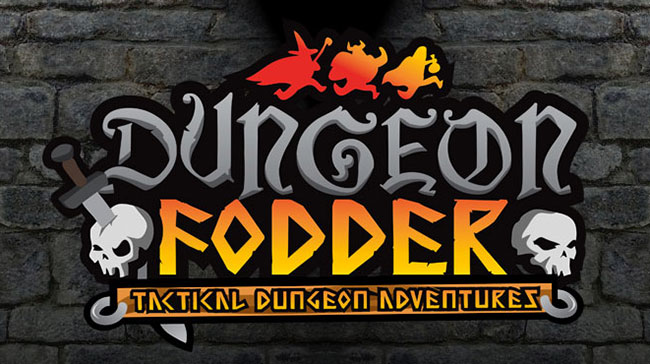
Also here is the finalized version of my logo. It should be less serious, while also impressing upon those that like Role-playing games and the fantasy genre that it is a light-hearted take on adventuring in a dungeon. I’ve also added the three ‘flee’ing characters above to represent the three playable classes in the game.
Digging up Dungeons
Rejuvenating an old project for a research project brought back many memories. Time to start cracking at it.
I’ve got about 2 weeks to begin testing phases.

Logo Design – Dungeon Fodder
The silhouette is an important part of what I think about when putting together logos and designs. Assuming the logo stands-alone, will be sufficient to communicate it’s message? For the Dungeon Fodder logo, I’ve decided to go with a traditional fantasy-typeface and play around with illustrated components instead. Skulls are a definite must-have for any respectable dungeon and the standard version (vanilla version) of Dungeon Fodder will feature three classes which are the iconic Warrior, Rogue and Wizard.
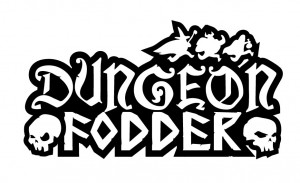
Meet the Heroes
Character Illustrations for the three classes in Dungeon Fodder. The Warrior which eventually becomes a Champion, the Wizard that becomes an Archmage and the Thief which becomes an Assassin. This project has taken ages and gone through tons of rework but I hope to have a more refined prototype to test soon.

Dicey Odds
In Dungeon Fodder, there are numerous actions which are guided by chance. Success rates for combat, success rates for opening a trapped treasure chest, success rates for everything! Being a fan of pen & paper tabletop gaming, I’m biased towards the dice as a means of simulating random events.
Even after coming to the conclusion that using dice would be the most accessible method of determining random events in the game, the number of die was another issue that had to be looked into. A colleague brought into my attention that the odds are radically different when using different numbers of dice.
For example, a single die roll is pretty simple to think about and calculate your probabilities. On a regular 6 sided die, you have a 1/6 chance of getting a certain number. Thats about a 17% chance which ain’t bad.
Using two dice however ups the odds somewhat.

This is a simple table of all probably outcomes of rolling two dice simultaneously. There are 36 different combinations possible but that does not mean your odds of getting a certain combination is 1/36 (about 3%).
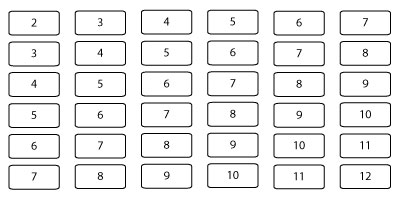
Here is the same table but now, it is based on total outcome of both dice.
Now, to count the odds.
- You have 1/36 (2.8%) chance of getting a 2 or a 12
- 1/18 (5.6%) chance of getting a 3 or an 11
- 1/12 (8.3%) chance of getting a 4 or a 10
- 1/9 (11%) chance of a 5 or a 9
- 5/36 (13.8%) chance of a 6 or an 8
- 1/6 (17%) chance of a 7
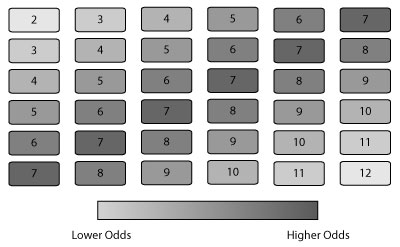
Not that this is really important but its interesting to know. If rolling items from a specific table, common items should definately be placed on the Higher Odds portion of the table, (probably a 7) while overpowering items are placed on the lowest odds portion (maybe on a roll of a 2 or 12).
Majority of the results in Dungeon Fodder relies on a the results of a single die. I find this to be more straightforward and improves upon the pacing of the game. Some feedback has stated that there might be too many die rolls therefore that has to be looked into as well.
Enter the Dungeon
What is Dungeon Fodder?
by definition, a dungeon is a poorly maintained kennel for all sorts of monsters. Amazingly, treasure seems an abundant fixture in such places and adventurers throng dungeons in hope of making off with an enchanted sword or some silly bauble.
Fodder on the other hand, is food used to feed livestock. This could comprise of hay, straw, oats and grains which no self-respecting carnivore would touch. The term fodder also refers to something which is worth close to nothing. Something so worthless that to sacrifice it, would bring no sense of loss whatsoever.
Here is a quote ripped off wikipedia, “Cannon fodder is an informal term for military personnel who are regarded or treated as expendable in the face of enemy fire.”
Putting the two words together, you get a really expendable person whose life is worth less than a handful of barley having to journey deep into a dungeon to survive by making sure no one else does…
fun? I’m not sure…
Anyways, Dungeon Fodder is a board-game I’m putting together during my free time.
It is to be played between 2 – 6 players, DF puts you in the shoes of one such adventurer trapped in a dungeon forced to battle his way to be the last man standing (or woman!). The trick to defeating your foes is to use not only your natural abilities but also the environment (dungeon) as a weapon.
As of now, there are only 3 classes in development and 2 play modes which are still being adjusted to maintain a semblance of balance in the game.
More on the game later!…

